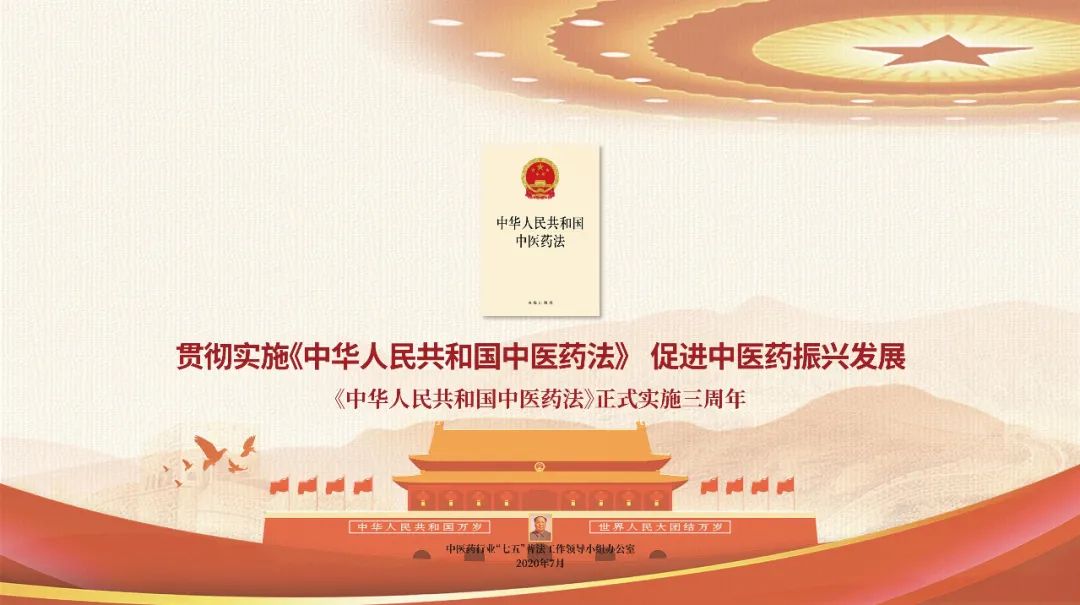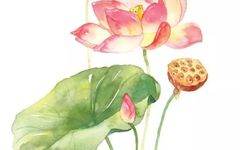
The Origin of Lesser Heat
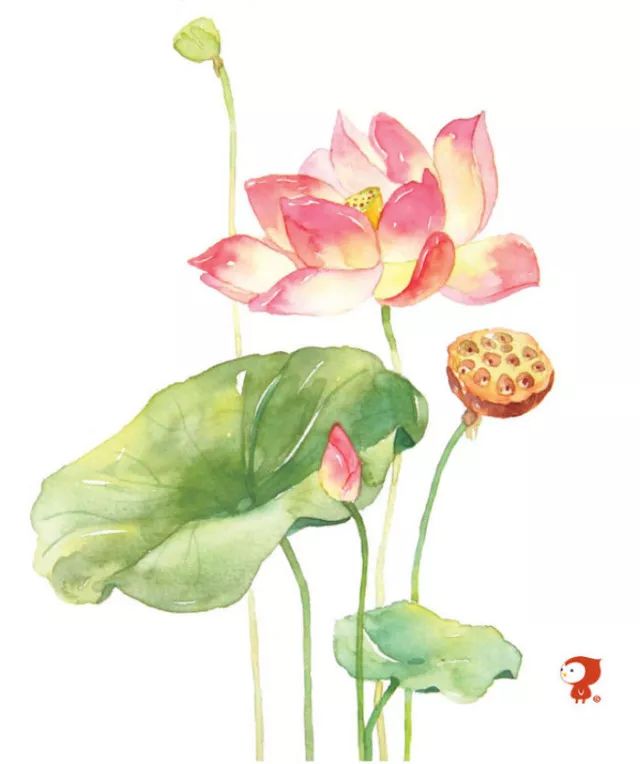
Lesser Heat (Xiao Shu) is the eleventh of the twenty-four solar terms, occurring on July 7 or 8 each year when the sun reaches the longitude of 105°. The term “heat” indicates warmth, and Lesser Heat signifies a milder heat that is not yet intense.
As we approach the solar term of “Lesser Heat,”
the heat becomes increasingly pronounced,
this week’s “Weekly Herb” continues to introduce the medicinal herb from the ginger family,
with the focus on “Dried Ginger.”
What is the relationship between dried ginger and fresh ginger?
Let me explain.
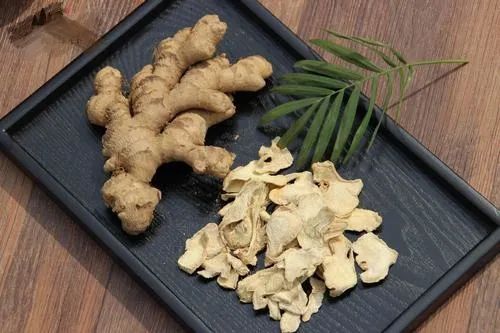
Is dried ginger simply sun-dried fresh ginger?
Today, dried ginger refers to the dried rhizome of the ginger plant (Zingiber officinale), while fresh ginger refers to its fresh form. Herbal studies suggest that the varieties of ginger have not changed over time, but the term “dried ginger” in ancient texts may have originally referred to a special processed form of fresh ginger, while simply dried fresh ginger was referred to as “dried fresh ginger.” After the Ming and Qing dynasties, the latter gradually replaced the former and became the authentic “dried ginger.”
Medicinal ginger grows well in southern provinces, particularly in Qianwei, Sichuan, and Taizhou, Zhejiang, which have a long history of cultivation and are traditionally considered the best sources. In northern provinces, due to the cold climate and early frost, the growing season is shorter. Although ginger is cultivated in Shandong and Henan, it tends to be less pungent and moist, making it unsuitable for medicinal dried ginger and primarily used for culinary purposes, referred to as “culinary ginger.” This aligns with the saying in the “Bencao Mengquan” that “northern dried ginger is not warming, and northern fresh ginger is not moistening,” indicating that ginger from the north is not suitable for medicinal use.
Traditional Chinese Medicine: Dried Ginger
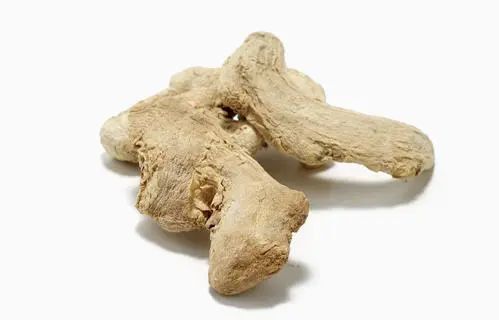
Source: The dried rhizome of the ginger plant (Zingiber officinale). Mainly produced in Sichuan, Guangdong, Guangxi, Hunan, and Hubei. All are cultivated.
Harvesting and Processing: Harvested in winter. Cleaned, sliced, and sun-dried or dried at low temperatures. Used raw.
Properties: Pungent, hot. Enters the Spleen, Stomach, Kidney, Heart, and Lung meridians.
Functions: Warms the middle, disperses cold, restores yang, and opens the meridians.
Applications:
1. Abdominal pain, vomiting, diarrhea
This herb is pungent and hot, primarily entering the Spleen and Stomach, excelling at warming the middle, dispersing cold, and strengthening Spleen yang, making it a principal herb for warming the middle jiao. Often used with Dang Shen (Codonopsis), Bai Zhu (Atractylodes), etc., to treat Spleen and Stomach deficiency cold, and abdominal pain, such as in the Li Zhong Wan formula (from “Shang Han Lun”). In the “Wai Tai Mi Yao,” it is used alone in powdered form to treat abdominal pain caused by cold evil invading the internal organs; commonly paired with Gao Liang Jiang (Galanga) to treat gastric cold and vomiting, as in the Er Jiang Wan formula (from “He Ji Ju Fang”); can also be combined with Huang Qin (Scutellaria), Huang Lian (Coptis), and Ren Shen (Ginseng) to treat upper heat and lower cold, with symptoms of vomiting upon eating, as in the Gan Jiang Huang Qin Huang Lian Ren Shen Tang (from “Shang Han Lun”); for treating middle cold water diarrhea, it can be used alone in powdered form or combined with Dang Shen, Bai Zhu, and Gan Cao (Licorice).
2. Yang deficiency syndrome
This herb is pungent and hot, entering the Heart, Spleen, and Kidney meridians, with the ability to warm yang and restore the center, and open the meridians. It is used to treat Heart and Kidney yang deficiency with internal cold leading to yang collapse and faint pulse, often combined with Fu Zi (Aconite) as in the Si Ni Tang formula (from “Shang Han Lun”).
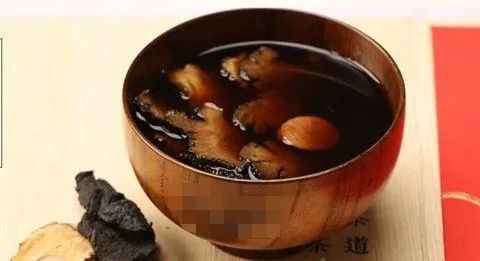
3. Cold phlegm cough and wheezing
This herb is pungent and hot, entering the Lung meridian, effectively warming the lungs, dispersing cold, and transforming phlegm. Commonly used with Xi Xin (Asarum), Wu Wei Zi (Schisandra), and Ma Huang (Ephedra) to treat cold phlegm cough and wheezing, with symptoms of cold body and back, and clear, thin phlegm, as in the Xiao Qing Long Tang formula (from “Shang Han Lun”).
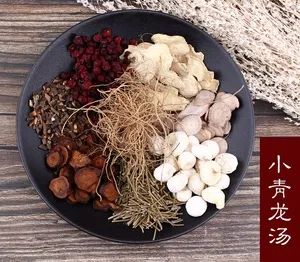
Dosage: Decoction, 3-10 grams.
Precautions: This herb is pungent and hot; it should be avoided by those with yin deficiency and internal heat, or blood heat.
Recommended Formulas
1. Chronic Diarrhea: Dried ginger, Huang Lian (Coptis), and Hou Po (Magnolia Bark) each 6 grams, Jiao Bai Zhu (Atractylodes) and Shan Yao (Chinese Yam) each 30 grams, Zhi Gan Cao (Licorice), Chao Bai Shao (White Peony), Jiao Shan Zha (Hawthorn), Jiao Bing Lang (Areca), and Shi Liu Pi (Pomegranate Peel) each 10 grams, decoct in water.
2. Cold-type Asthma: Dried ginger and Ma Huang (Ephedra) each 6 grams, Xi Xin (Asarum), Wu Wei Zi (Schisandra), and Gan Cao (Licorice) each 3 grams, Ban Xia (Pinellia), Su Zi (Perilla), and Bai Jie Zi (White Mustard Seed) each 9 grams, decoct in water.
3. Wind-Cold-Damp Bi Syndrome: Dried ginger 30 grams, Huang Jiu (Yellow Wine) 500 milliliters. Crush the dried ginger, place it in a clay pot, add Huang Jiu, and decoct until 300 milliliters remain, filter out the residue, and use. Take 20 milliliters orally, twice daily.
Medicinal Cuisine: Dried Ginger
1. Two Ginger Health Porridge
Ingredients: Dried ginger 1-3 grams, Gao Liang Jiang (Galanga) 3-5 grams, and Japonica rice 100 grams.
Method: First decoct dried ginger and Gao Liang Jiang, strain the juice, then cook with Japonica rice to make porridge.
Functions: Warms the Spleen and Stomach, disperses cold, and alleviates pain.
2. Red Stone Fat Dried Ginger Porridge
Ingredients: Red stone fat 30 grams, dried ginger 10 grams, and Japonica rice 60 grams.
Method: Crush the red stone fat, add it with dried ginger to a pot, add 300 milliliters of water, decoct until 100 milliliters remain, strain to obtain the juice. Cook Japonica rice into a thin porridge, add the medicinal juice, and bring to a boil for 1-2 minutes.
Functions: Warms the middle, strengthens the Spleen, and astringes the intestines to stop diarrhea.
3. Si Ni San Cold Lamb Soup
Ingredients: Lamb leg meat 250 grams, Fu Zi (Aconite) 12 grams, Dang Shen (Codonopsis) 30 grams, dried ginger and Zhi Gan Cao (Licorice) each 10 grams, scallions, and Sichuan pepper to taste.
Method: Place the above herbs in a cloth bag, stew with 250 grams of lamb leg meat (cut into pieces) until the meat is tender, remove the herb bag, and season with salt and MSG.
Functions: Warms yang and disperses cold.
4. Ginger, Mugwort, and Job’s Tears Porridge
Ingredients: Dried ginger and mugwort each 10 grams, Job’s tears 30 grams.
Method: Decoct dried ginger and mugwort to extract the juice, then cook Job’s tears into porridge until 80% cooked, add the medicinal juice and continue cooking until done.
Functions: Warms the meridians, transforms stasis, disperses cold, eliminates dampness, and nourishes the skin. Suitable for those with cold-damp stagnation type dysmenorrhea.
5. Dried Ginger and Papaya Porridge
Ingredients: Dried ginger 30 grams, papaya 15 grams, Poria powder 50 grams, and Japonica rice 60 grams.
Method: Boil dried ginger and papaya in an appropriate amount of water for half an hour, strain to obtain the juice, then cook Japonica rice, add Poria powder and brown sugar, and simmer to make porridge, stirring well.
Functions: Warms the middle, replenishes deficiency, transforms dampness, and stops diarrhea. Suitable for cold-damp diarrhea, abdominal distension, and poor appetite.
Tips
Have you heard of the saying “Do not eat ginger at night”?
Traditional Chinese Medicine believes in the correspondence between heaven and man; during the day, yang energy is strong, and consuming appropriate yang (warming) foods can help promote yang energy. At night, as yin energy gradually increases, yang energy needs to be conserved. Consuming too many warming foods or tonics at this time can affect sleep and the body’s metabolic synthesis, hindering self-repair after fatigue, which can be harmful. Therefore, generally speaking, eating ginger during the day is beneficial, while it is not advisable to eat ginger at night. Li Dongyuan in the “Tang Ye Ben Cao” stated: “Ginger is pungent and warming, which promotes development; at night, the energy should be conserved, and consuming it would disrupt the natural order, hence it is not advisable to eat.” The overall meaning is that fresh ginger promotes excessive rising, and healthy individuals (those with balanced yin and yang) should avoid eating ginger at night.
References:
“Chinese Herbal Medicine” (New Century Edition, Second Edition)
“Nourishing with Tonic Herbs”
“Evolution of Medicinal Herb Varieties and Authentic Medicinal Materials”
Images | Some sourced from the internet
Editor | Wang Lijun
Editor-in-Chief | Xu Shiming
Email | [email protected]
Phone | (0512) 53728026
For reprints of original works, please call for authorization

